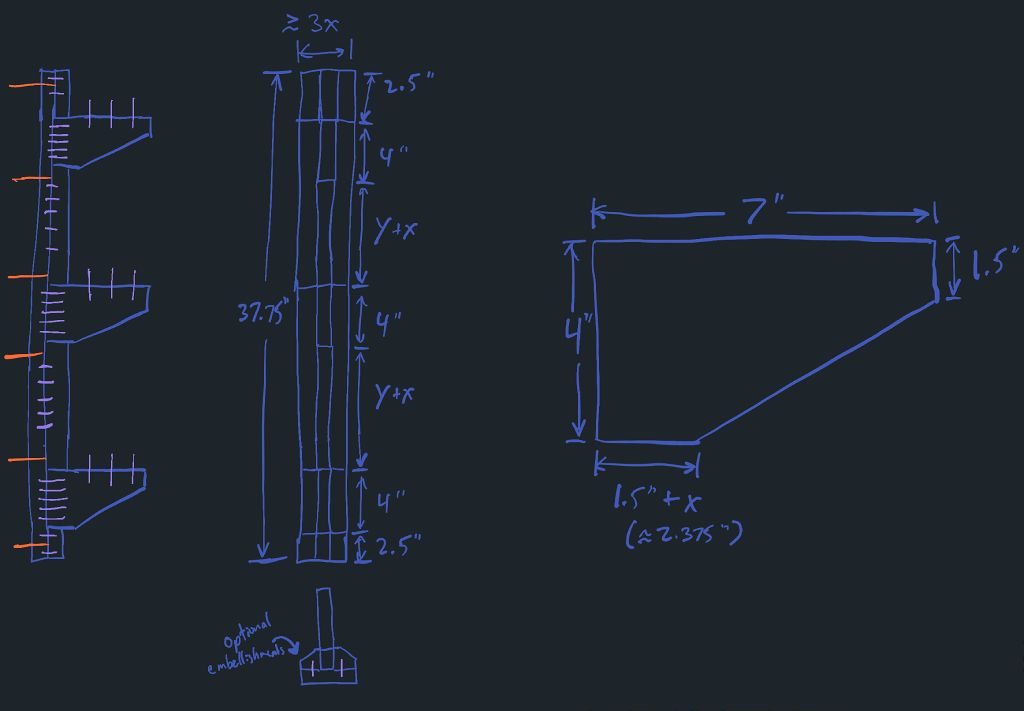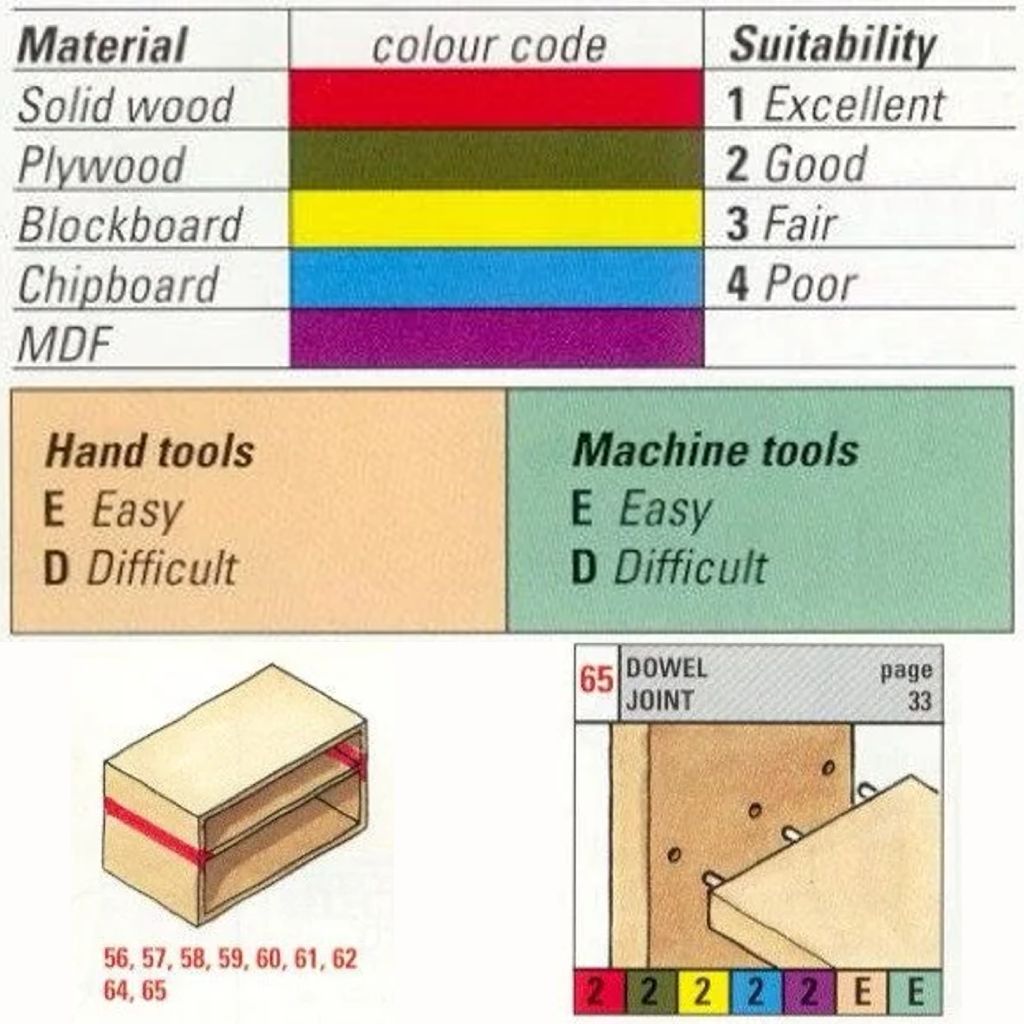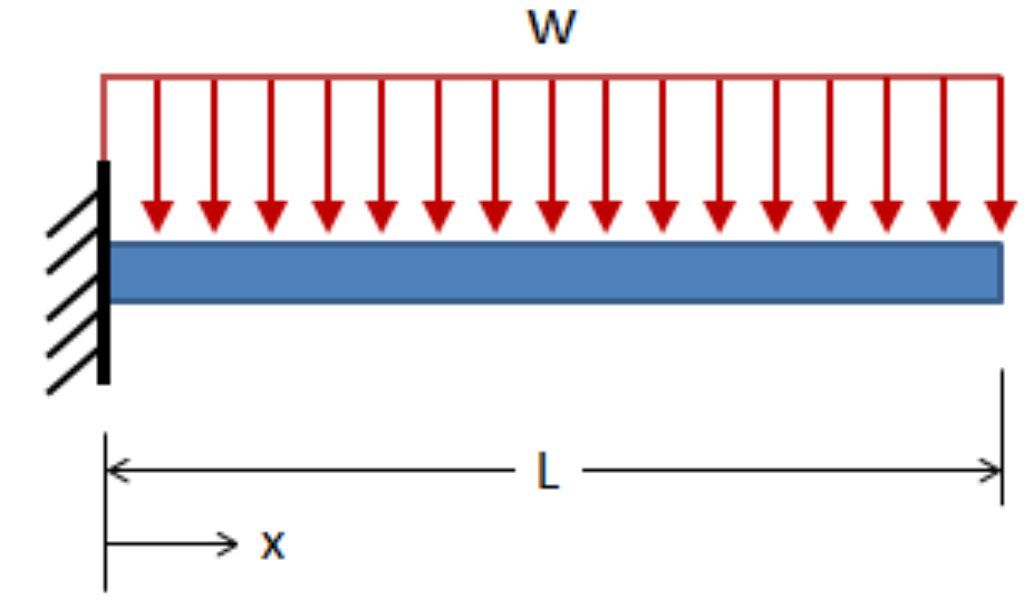Despite the fact that we lived with the mockup for a few weeks and decided it
was good, after milling up the wood, we realized that the bookshelf would look
too heavy for the space. So now, I’m going to make a new design for a more
“airy” bookshelf and THIS WILL BE THE LAST REDESIGN OH MY GOSH PLEASE JUST BUILD
SOMETHING ![]()
 New Plans
New Plans
We realized we were a bit trapped in the normal “woodworking” bookshelf design: make a box, put shelves in it, create embellishments out of wood and profile them with a router, put a top on the bookshelf, etc.
And even though it was going to be unique in the sense that the particular combination of elements was unique, it was still a normal looking bookshelf, and it was also going to look too heavy in the space.
Plus, we had no idea how we were going to get it up the stairs since it was
going to LITERALLY be heavy, too ![]()
Instead, we’re going to make a wall-mounted bookshelf with what we believe is a fairly unique design!
“But, Pixel, wall-mounted bookshelves aren’t a unique idea.”
…be quiet and enjoy the journey ![]()
 |
|---|
| Final bookshelf plan overview. Left, side view of 1 bracket assembly, attached to the wall with orange screws; the exposed purple dowels will interface with the shelves, not pictured. Middle, front view with dimensions. Middle bottom, view of the bracket assembly bottom. Right, an individual shelf bracket up close, side view, with dimensions. |
The bookshelf will consist of 3 of these bracket assemblies attached to the studs in our wall which are spaced every 16 inches (40.6 cm).
You may think that means the shelves will be 32 inches (81.3 cm) long to fit between the brackets, but we’re going to make the shelves 48 inches (122 cm) long, instead. There will be 8 inches (20.3 cm) on each side hanging off the brackets, unsupported.
The depth of the shelves will be 7.5 inches (19 cm), which is enough to hold her
![]() books, and extend past the tips of the shelf brackets to give us the
look we want.
books, and extend past the tips of the shelf brackets to give us the
look we want.
Further, fasteners in the wall will be hidden with vanity plates, which is a fancy way of saying “wood connected by dowels with no glue”. You can see this pictured above on the left side view. Vanity plates will also allow us to remove the bookshelf from the wall if we ever need to.
All the wood, including for the shelves (not pictured), will be made of 1” (2.5 cm) thick poplar—that is, if I don’t mess up milling the thickness again! The dowels will be made of 3/8” (1 cm) poplar.
All of this is to give the shelf an airy, but solid, appearance, and with no
visible fasteners, and we think this is the winner! ![]()
This design also ensures all the grain will be aligned when all the pieces are connected. Any expansion and contraction throughout the seasons will not result in any splitting of the wood.
 Why Dowels?
Why Dowels?
Not only do dowels provide a strong connection and help with alignment, but since they are still a pure wood joint (plus glue), they will also expand and contract with the seasons, ensuring everything stays connected and won’t split.
PLUS, if you use a dowelling jig, such as a
Dowelmax, it will ensure everything comes together
perfectly, without any misalignment. I’ve got one on the way, and am excited to
use it! Hopefully, it will actually be as good as people say! ![]()
 Why This Joint?
Why This Joint?
But why not another type of joint, like a slot, dovetail, or something else? Because I looked through in detail the 70 different joint types in the Good Wood Joints book and found that for my particular use case, this dowel joint provided the greatest value of strength vs. ease of creation. That, coupled with the other benefits, made it the clear winner!
 |
|---|
| Excerpt from the Good Wood Joints book. Bottom left is the closest scenario to our bookshelf joints and lists the possible joint numbers which are appropriate to use. Bottom right is the selected joint, #65, and is rated “2 Good” for use in any wood material (legend at top) and rated “E Easy” for ease of creation with hand or machine tools (legend in middle). |
 Unsupported Shelf Ends = Trouble!
Unsupported Shelf Ends = Trouble!
I think unsupported ends of almost anything is typically a bad idea. In the case of a bookshelf, it promotes sagging over time. So why did we decide on this, and how do we know it’s okay to do here?
Well, the “why” is simple: it promotes a more airy feeling.
The “how” requires use of some math ![]() Don’t worry, it’s not too bad! If
you’d like to skip past the math anyway,
click here!
Don’t worry, it’s not too bad! If
you’d like to skip past the math anyway,
click here!
 Beam Theory
Beam Theory
I know I’ve shown the engineering method of calculating stress in a cantilevered
beam before, but this time I am more concerned about the deflection (sag) of the
beam, since that will tell us if this will sag over time. Further, it’s a safe
assumption that a few “romantasy” ![]()
![]()
![]() books placed on the
ends of the shelves aren’t going to break the shelves
books placed on the
ends of the shelves aren’t going to break the shelves ![]() , so doing an
additional stress analysis like we’ve seen before isn’t needed.
, so doing an
additional stress analysis like we’ve seen before isn’t needed.
As a quick reminder from the post here, here is a drawing of a cantilevered beam with a uniform load, representing the conditions that each of our bookshelf’s ends will be under:
 |
|---|
| A cantilevered beam with a uniform load applied. The beam is fixed at one end to represent the shelf connected to the bracket, and the red arrows represent the load from books. |
 Calculating Maximum Initial Deflection (Sag)
Calculating Maximum Initial Deflection (Sag)
The formula for deflection of a uniformly-loaded cantilevered beam is:
\[\delta_{max} = \frac{wL^4}{8EI}\]Where:
- \(\delta_{max}\) is the maximum deflection of the beam
- \(w\) is the load per unit length of the beam \(= 16 \frac{lbf}{ft} = 1.33 \frac{lbf}{in}\) (source)
- \(L\) is the length of the beam \(= 8in\)
- \(E\) is the modulus of elasticity of the material \(= 1,210,000 \frac{lbf}{in^2}\) (source)
- \(I\) is the geometric moment of inertia of the rectangular beam
The only thing that we need to calculate is the geometric moment of inertia of the rectangular beam which has a base \(b = 7.5 in\) and height \(h = 1 in\), but to be conservative with the thickness in case I miss my mark again, I’ll assume a worst-case scenario of \(h = 0.875 in\):
\[I = \frac{bh^3}{12} = \frac{7.5 in \cdot (0.875 in)^3}{12} = 0.419 in^4\]And now, we can calculate the maximum deflection of the beam:
\[\delta_{max} = \frac{wL^4}{8EI} = \frac{1.33 \frac{lbf}{in} \cdot (8 in)^4}{8 \cdot 1,210,000 \frac{lbf}{in^2} \cdot 0.419 in^4} = 0.00134 in\]
 Will This Sag Over Time?
Will This Sag Over Time?
This is a very small deflection (0.0340 mm), so that’s obviously not a problem… BUT, will this sag over time??
Based on the Sagulator, the rule of
thumb is that an initial deflection of less than 0.02 in per foot (1.7 mm per m)
will not result in sagging over a reasonable time period—what is this
“reasonable time period”? ![]() Unsure… but I’m going to assume it’s “long
enough”!
Unsure… but I’m going to assume it’s “long
enough”!
So, let’s scale this “per foot” figure into our 8-inch-long shelf and make sure this is the case:
\[\delta_{target} = 0.02 \frac{in}{ft} \cdot \frac{1 ft}{12 in} \cdot \frac{8 in}{12 in} = 0.0133 in \text{ (per 8 inches)}\] \[\delta_{max} = 0.00134 in < 0.0133 in = \delta_{target} \checkmark\]And just like that, we’ve proven that there will be no noticeable sag on the
unsupported ends! ![]()
Because these unsupported shelves did so well, I know there is no reason to
worry about the supported shelves, so I won’t bother calculating those. But if
you’re interested in doing so for a project you’re working on, the
Sagulator has that use-case covered
without you needing to do any math ![]()
 Next Time!
Next Time!
We’ve now got a plan that WILL FOR SURE BE THE FINAL PLAN!
![]() : Right, honey?
: Right, honey?
![]() : …
: …
![]() : RIGHT?!
: RIGHT?!
![]() : Of course! I just want to make sure it’s perfect
: Of course! I just want to make sure it’s perfect ![]()
![]() : …
: …![]()
I’m joking! We make decisions fully together, and we both thought this would be a much better idea. We can already tell it’s going to look great!
So now that we’ve got a plan, it’s time to mill some more wood again. Hopefully, I don’t make it too thin this time! Foreshadowing?… Goodness, I hope not!
Until next time,
![]() Pixel
Pixel